Three Color Wet-on-Wet Watercolor Painting for Kids
Three color wet-on-wet watercolor painting is a process art technique for children. It is taught in Waldorf education in homes and schools all over the world.
Only the primary colors–red, yellow, and blue–are used. These will eventually allow for an infinite number of other colors to appear upon the wet watercolor paper.
Have your child try Single Color Wet-on-Wet Watercolor Painting and Two Color Wet-on-Wet Watercolor Painting before trying three color wet-on-wet watercolor painting for kids.
Children are invited to start with a single primary color before trying two primary colors and then finally three primary colors. After the child has had the opportunity to work with two colors for a time, the third primary color can be added in. This allows the child the opportunity to fully experience each color.
Once the third color is added an infinite number of colors will begin to appear on the page. This is magic to the eyes of a young child, and a wonderful hands-on way to teach color mixing.
Be careful… If a child is given three colors to work with before they are ready, the painting will take on a brownish or grayish color. This does not serve the child’s learning and is why the third color is not introduced right away.
Three Color Wet-on-Wet Watercolor Painting for Kids
In the Waldorf tradition, good quality art materials are always used. It is believed that they appeal to and are better for the sensory nature of the child. I decided to put this theory to the test for this process art project.
I had my daughter use the Waldorf recommended Stockmar paints for some paintings, while I had her use liquid watercolors for a few others. My daughter had no idea that I was doing an experiment, or that anything was different about the watercolor paints she was using. See below for all the details.
Three Color Wet-on-Wet Watercolor Painting for Kids: Materials
- 140 Weight 11 X 15 watercolor paper
- a sink, tub, or tray large enough to soak the paper.
- A flat waterproof surface or paint board to work on.
- 1 to 1 1/2 flat wash watercolor brush.
- Red, Yellow, or Blue Watercolor Paint (Stockmar Paints are recommended, but high-quality artist tubes work just as well. Use Carmine Red, Lemon Yellow, and Ultramarine Blue.) You can also try liquid watercolors.
- Cup for water (canning jars and recycled glass jars with a wide mouth work well.)
- 8 oz canning jar for mixing and storing paints.
- Small 2 – 6 oz jar for paints in while in use. Recycled baby food jars are perfect for this. We’re reusing glass jars that we used for homemade baby food. You can also use 4 oz canning jars or this lovely set of Waldorf paint jars.
- Two natural sponges – or one cut in half. (One clean to wipe paper of excess water, and one to clean board or surface once finished.)
- A rag or small towel
- Apron or painting smock
- Chopstick for mixing paints
Three Color Wet-on-Wet Watercolor Painting for Kids: Directions
The first time you try wet-on-wet watercolor painting with a child will be when you work with each color individually. You will mix up enough paint to last for a few months each time you introduce a new color. The mixed paint can be stored for quite a while in a canning jar in the refrigerator. Please see Single Color Wet-on-Wet Watercolor Painting for more information.
One to three children will be able to paint for several months using the original mix before you will need to make another batch of paint. While an entire classroom full of kids may need to mix up a new batch of paint each time.
For directions on how to mix the paint, set up, and get started with wet-on-wet watercolor painting for kids please see Single Color Wet-on-Wet Watercolor Painting.
My daughter likes to work on her DIY Outdoor Art Table and Mud Kitchen. Click on the link to learn how to make one for your little artist. You can also see a small portion of my daughter’s fairy garden in the lower left corner of the picture above.
Three Color Wet-on-Wet Watercolor Painting: Process
When working with three colors you will begin by pouring a little of each color (from your stored mixed paint) into separate jars.
Before handing the paintbrush over to your child make sure that you demonstrate how the paintbrush needs to be rinsed before changing colors.
You don’t need to provide any “lessons” other than the color story and your demonstration. (See Single Color Wet-on-Wet Watercolor Painting to learn more about this.) Children are imitative creatures. They need to see you painting with watercolors to know what to do, and how to do it.
As an example, while demonstrating and telling your color story you could say, “After dancing and playing with yellow, Tippy decided she wanted to play with blue. So she jumped into a puddle (jar with water) and then wiped her feet (on the rag) making sure there was no yellow on her feet before she went to play with blue.”
When you begin to work with three colors after working with two, a child will be delighted to discover what happens when all of the primary colors are used at once. Shhh… don’t tell them about it. Do your best to refrain from teaching anything. Simply allow the child to experience the colors as they appear while painting.
Three Color Wet-on-Wet Watercolor Painting for Kids: Paint Type Experiment
As mentioned above, I had my daughter use the Waldorf recommended Stockmar paints for some paintings, while I had her use liquid watercolors for a few others. My daughter had no idea that I was doing an experiment, or that anything was different about the watercolor paints she was using.
I had her paint two of each kind on two different days separated by several weeks. At first, my daughter started painting with the liquid watercolors in the same way that she works with the Stockmar paints. As a result, her first painting was quite dark.
This caused her to change her process for her second painting. On her second painting, she painted the page all yellow and then added splashes of red and blue, instead of painting the colors one after the other (rinsing her brush in between) at the same time like she normally does.
I found it interesting to watch her re-vamp her process based on the type of paint she used, and how her paintings turned out. She still doesn’t know about my experiment. Shhhh… It’ll be our little secret 🙂
The liquid watercolor paintings were vibrant, but the colors did not mix as well as the Stockmar paints. I love the ease of the liquid watercolors, but the high-quality Stockmar watercolor paints are superior for this type of process art.
Three Color Wet-on-Wet Watercolor Painting for Kids: Color Mixing
When children begin using two and three watercolors they will have an experience of color as opposed to an intellectual understanding of it. Learning that red and blue make purple while painting with watercolors provides the experience of that knowledge.
It is hard to forget something you have had a direct experience of. Children that learn yellow and blue make green by experiencing it, are more likely to understand and remember what they have learned.
Three Color Wet-on-Wet Watercolor Conclusion
Three color wet-on-wet watercolor painting is an easy way for young children to experience color. It is a process art technique where the emphasis is placed on the experience of color as opposed to the form that the painting takes. Simply allow the child to experience the colors as they appear while painting.
Once finished your child’s art can be made into cards and all sorts of various creations such as Watercolor and Fall Leaves Art. Sign up for our newsletter so you don’t miss more fun ways to use your child’s watercolor paintings.
For More Information About Waldorf Painting Techniques:
I have included affiliate links for your convenience. Thank you for choosing to support this blog!
- Painting and Drawing in Waldorf Schools: Classes 1-8
- Painting in Waldorf Education
- Wet on Wet: The Waldorf School Method of Painting and Color
- Painting With Children
This post is a part of the 2016 Paint-A-Thon. Click on the image below to see MORE THAN 200 other painting ideas from other great bloggers and makers and crafters!

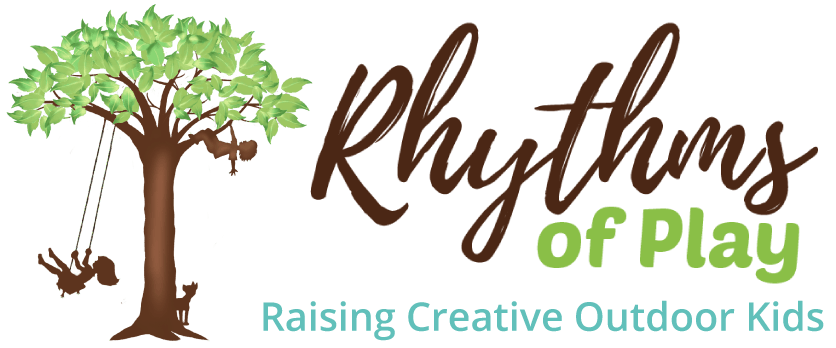
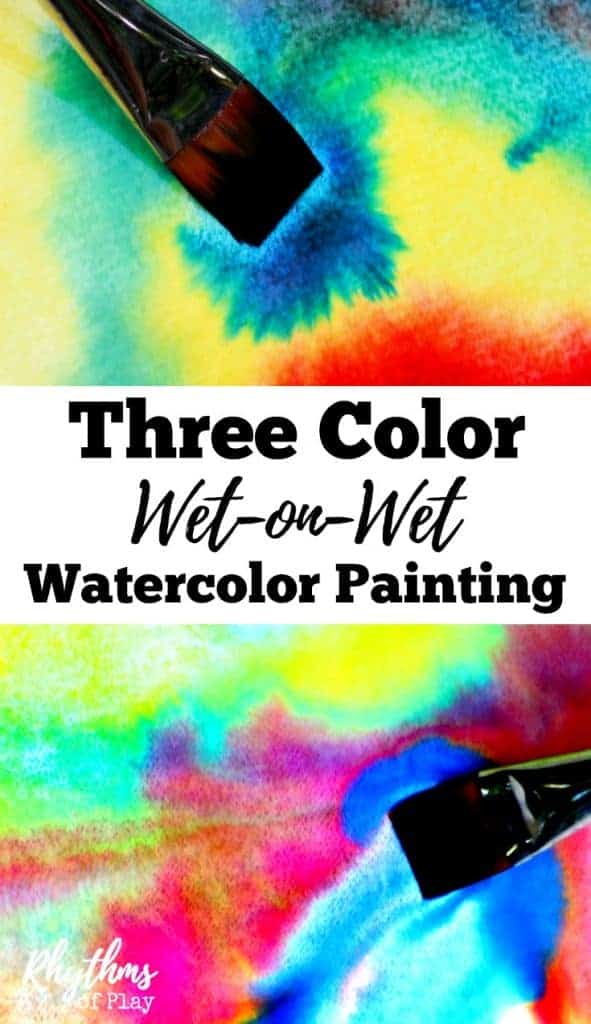
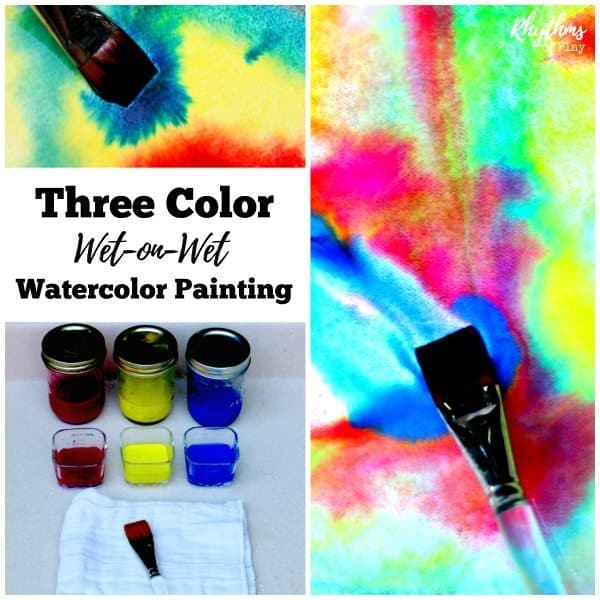
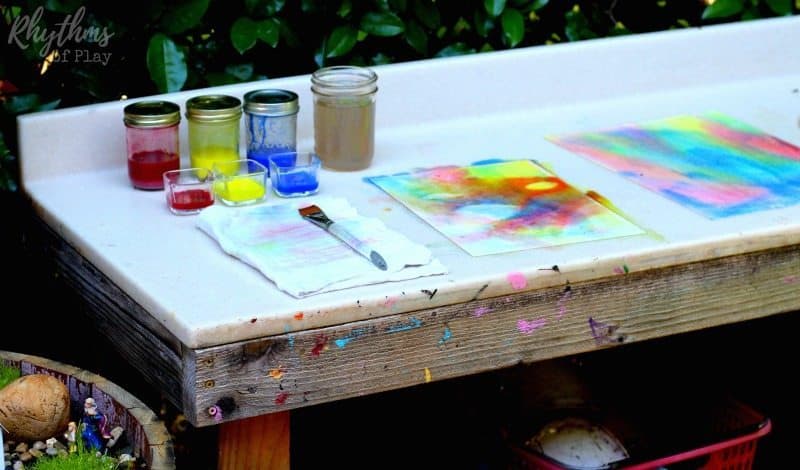
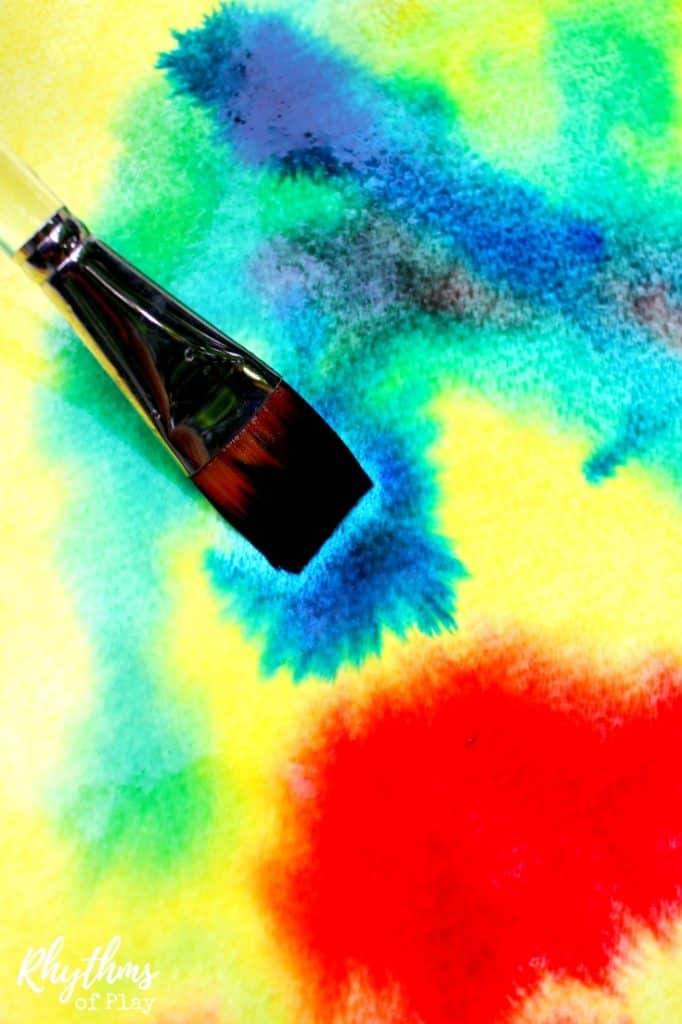

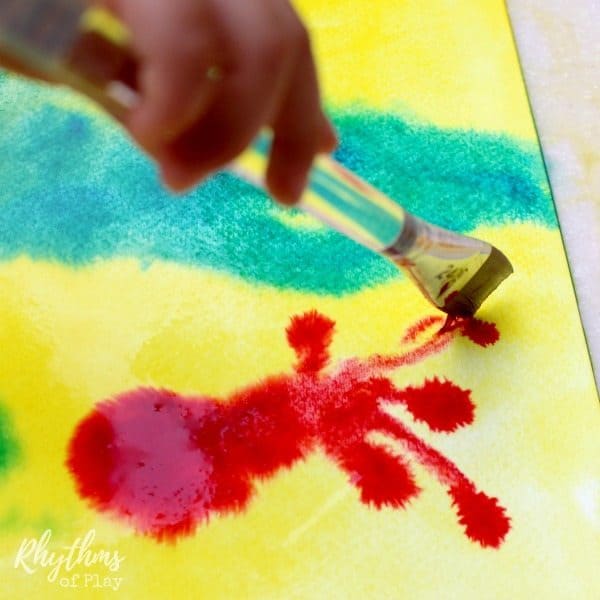
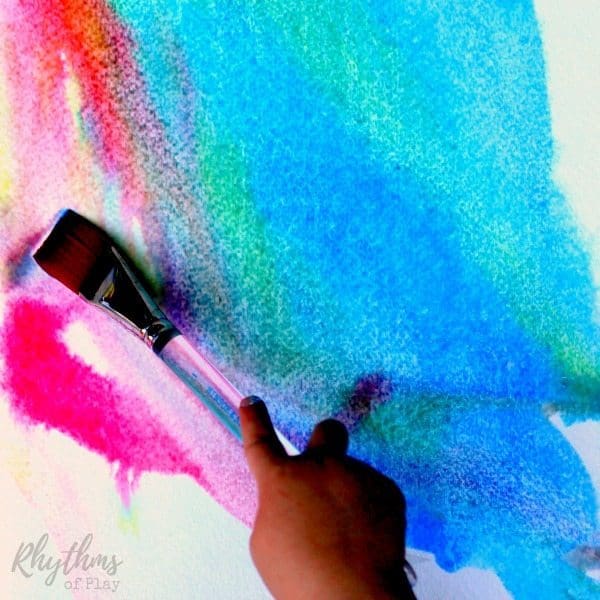
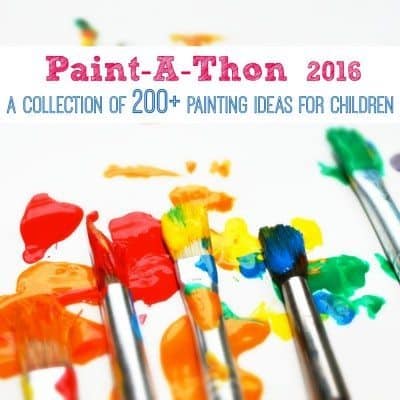

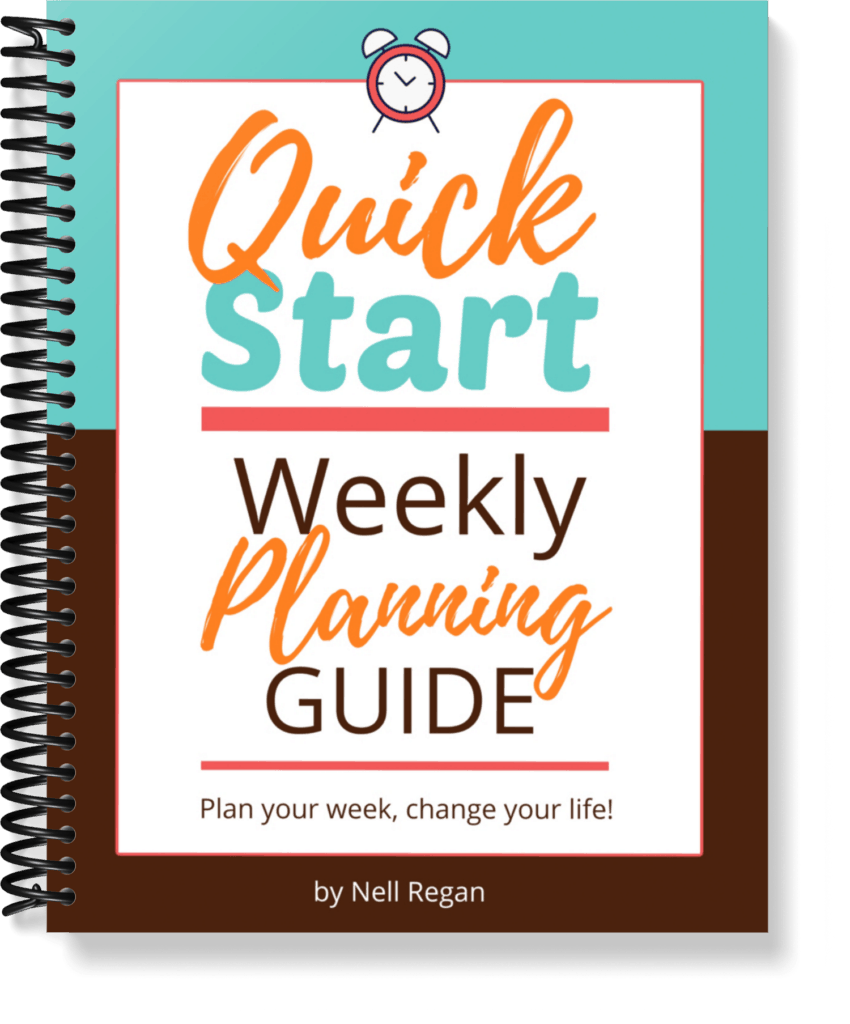
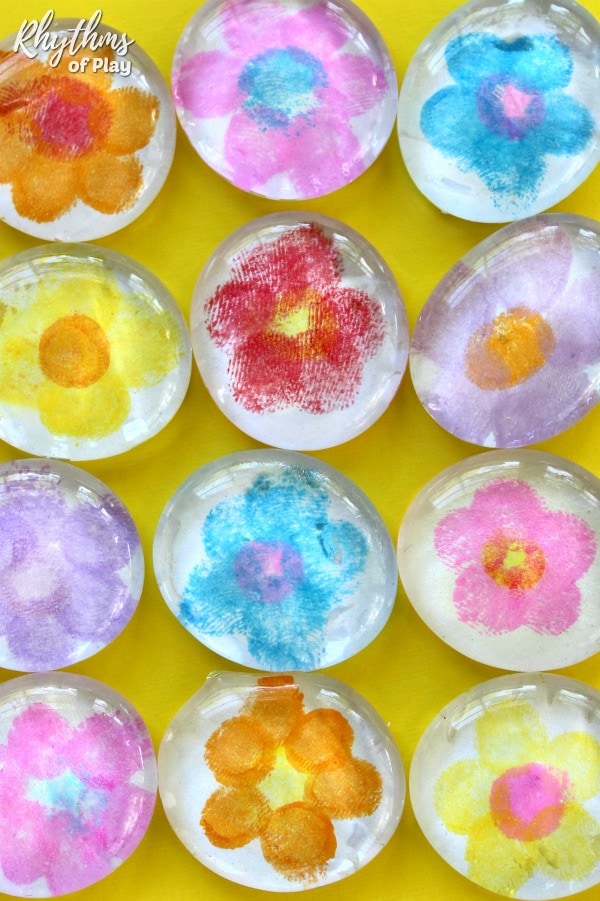
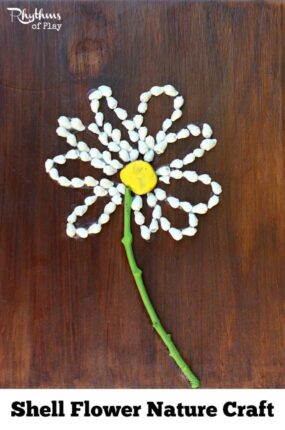
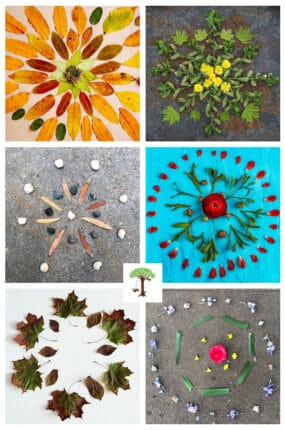
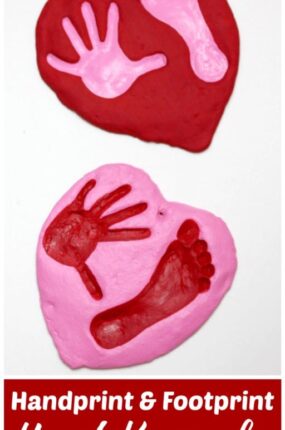
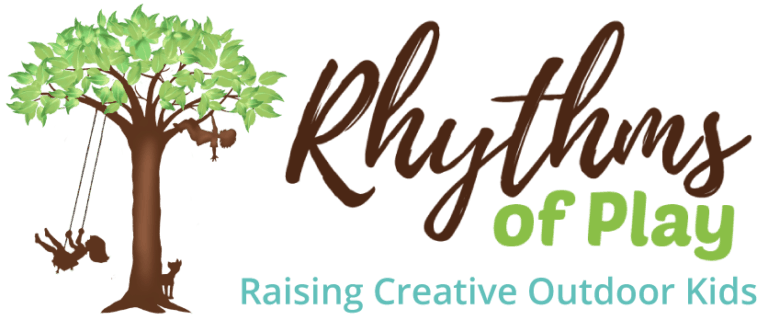
Color exploration is so interesting – and watercolors are such a wonderful medium!
I completely agree Julie! Children love working with them and can learn so much about color as they work!